Jeongipum Pine Tree (보은 속리 정이품송)
17.4 Km 11682 2022-09-07
Sangpan-ri, Boeun-gun, Chungcheongbuk-do
+82-43-540-3394
This 600-year-old pine tree stands at the entrance to Songnisan Mountain in Boeun-gun, Chungcheongbuk-do. This old tree, designated as Natural Monument No. 103, is 15 meters in x_height and 4.5 meters in girth. Its branches stretch 10.3 meters to the east, 9.6 meters to the west and 10 meters to the north. Shaped like an open umbrella, this pine tree has long been the symbol of Songnisan Mountain, and has even been awarded the title of a Jeongipum grade official of the Joseon Court.
* Legend
King Sejo visited Onyang Hot Springs and Songnisan Mountain in 1464 to cure an illness. While passing under this tree, he looked up and saw that his royal sedan chair was about to be ensnared in the tree’s branches. As he called for his bearers to look out, the branches suddenly lifted for the royal procession to proceed. On his way to Seoul, King Sejo was also able to take shelter from a rain shower under this tree. Therefore, he bestowed upon the tree the ministerial rank of Jeongipum.
Goesan Red Pepper Festival (괴산고추축제)
17.4 Km 18730 2024-06-14
113 Imkkeokjeong-ro, Goesan-gun, Chungcheongbuk-do
+82-43-830-3463
Goesan Red Pepper Festival is held during the harvest season in late August to early September to promote the excellence of chili peppers grown in Goesan, a major production area of Korea. The festival has numerous programs for visitors to enjoy. Brightly colored and full of flavor, Korean chili peppers are a particularly popular agricultural product. This is a fun festival where visitors learn about Goesan chili pepper which have been harvested since the Joseon dynasty.
Cheongju Sangdangsanseong Fortress (청주 상당산성)
17.8 Km 20976 2022-12-27
Sangdang-gu, Cheongju-si, Chungcheongbuk-do
+82-43-201-0202
Sangdangsanseong Fortress in Cheongju, Chungcheongbuk-do is a fortress built along the natural slopes close to downtown Cheongju. It was comprehensively improved in 1596 (29th year of King Seonjo’s reign) during Imjinwaeran (Japanese invasion of Korea in 1592) and later remodeled into a stone fortress during the 42nd year of King Sukjong’s reign.
This 4.2km-long, 3-4m-tall fortress was built with stones of various sizes, earth and sand. The fortress has three gates, located in the east, west and south respectively. The three gates remain almost intact, and all still have their gate towers. The front gate in the south, named ‘Gongnammun Gate,’ is crescent-shaped while the East and West gates are square. The East and West Command Posts also stand within the confines of the fortress itself. This fortress was designated as Historic Site No. 212 in 1970. Additionally, visitors can sample Jujube Wine (Korean traditional wine) as well as a variety of local cuisine.
Daeyasan Yongchugyegok Valley (대야산 용추계곡)
19.0 Km 13713 2021-02-16
Gaeun-eup, Mungyeong-si, Gyeongsangbuk-do
+82-54-550-6414
Yongchugyegok Valley is considered the most majestic among the eight scenic views of Mungyeong. The valley is locating along the rocky foothills of Daeyasan Mountain, bordering Goesan-gun, Chungcheongbuk-do. According to legends, this valley was where two dragons soared into the heavens and their traces still remain on the two huge granite rocks. The valley is also known to have a pool of water that never dries up, and people of the past would come here to pray for rain at times of drought.
Boeun Samnyeonsanseong Fortress (보은 삼년산성)
19.1 Km 8517 2021-12-23
104, Seongju 1-gil, Boeun-gun, Chungcheongbuk-do
+82-43-540-3406
Samnyeongsanseong Fortress was built during the Silla dynasty. The sprawling stone walls stretch 1.7 kilometers in length with x_heights and x_widths of 13-20 and 8-10 meters respectively. The name of the fortress comes from the time it took to complete the construction, three years ("sam nyeon" in Korean). The fortress was the site of many battles between Silla and Baekje during the Three Kingdoms Period.
Cheongju Zoo (청주동물원)
19.3 Km 62311 2024-02-22
224 Myeongam-ro, Sangdang-gu, Cheongju-si, Chungcheongbuk-do
Cheongju Zoo houses mammals, birds, and reptiles as its main attractions, featuring iconic animals such as tigers, lions, elephants, giraffes, zebras, penguins, seals, and monkeys. Visitors can engage in animal classrooms to learn about the ecology and characteristics of various species. Guided tours by zookeepers offer insights into wildlife ecology and unique stories exclusive to Cheongju Zoo.
Seonyudonggyegok Valley (Mungyeong) (선유동계곡(문경))
19.5 Km 18402 2019-11-19
Wanjang-ri, Mungyeong-si, Gyeongsangbuk-do
+82-54-550-6414
Seonyudonggyegok Valley in Mungyeong is longer and more beautiful than the valley of the same name in Goesan. Daeyasan Mountain (931 meters) runs across both valleys, which are 10 kilometers apart from each other. The valley is relatively untouched as it is not yet well known to the public. At the beginning and the end of the trail are Hakcheonjeong and Chirujeong Pavilions, respectively. Both sides of the valley are lined with thick forests of ancient pine trees. A number of stone carvings can be found in the forest, and the most famous one reads “Seonyugyegok.” It was written by Choi Chi-won, a leading scholar of the Silla kingdom.
Daeyasan Mountain (대야산)
19.9 Km 57267 2024-02-22
Gaeun-eup, Mungyeong-si, Gyeongsangbuk-do
Daeyasan Mountain is a stunning peak standing at an elevation of 931 meters within the confines of Songnisan National Park. It boasts picturesque valleys, including Seonyudonggyegok Valley and Yongchugyegok Valley. Among the notable attractions within Yongchugyegok Valley is the Yongchupokpo Falls, characterized by its three-tiered cascades, with a unique heart-shaped pool formed amidst the milky-white granite. After a 20-minute ascent from Yongchu, visitors can experience the breathtaking sight of moonlight reflecting off the rocks and the valley, known as Woryeongdae.
Gangseo Myeonok (강서면옥)
20.0 Km 23583 2024-03-25
35 Dongpyeon-gil, Boeun-eup, Boeun-gun, Chungcheongbuk-do
043-544-3895
Since its establishment in 1979, Gangseo Myeonok has specialized in crafting authentic memil naengmyeon (cold buckwheat noodles). The noodles are freshly made in-house, using high-quality buckwheat sourced from Bongpyeong in Gangwon-do, a region renowned for its premium buckwheat. What sets their memil naengmyeon apart is the exquisite broth, a harmonious blend of Korean beef brisket and the crisp, refreshing water of dongchimi (radish water kimchi). This unique combination results in a soup that’s both refreshing and subtly flavored, ensuring the noodles are tender and accessible to a wide array of palates. The restaurant is conveniently located near the Boeun Intercity Bus Terminal and the bustling Boeun Traditional Market.
Haeseong (해성)
20.0 Km 21199 2024-03-25
1603 Chungcheong-daero, Jeungpyeong-eup, Jeungpyeong-gun, Chungcheongbuk-do
043-838-3939
Haeseong specializes in Korean beef, gaining acclaim for its grilled galbi. The restaurant sources its premium beef exclusively from Goesan and Jeungpyeong, known for their unspoiled environments. This ensures patrons can savor the distinct flavors of each beef cut. The signature dish is the tender and chewy kkotgalbisal (grilled boneless galbi). Another favorite is the Sohanmari (assorted beef cuts), which includes a variety of cuts such as sirloin, strip loin, beef brisket, and thin flank. Being directly managed by the National Agricultural Cooperative Federation, Haeseong offers these high-quality dishes at reasonable prices.
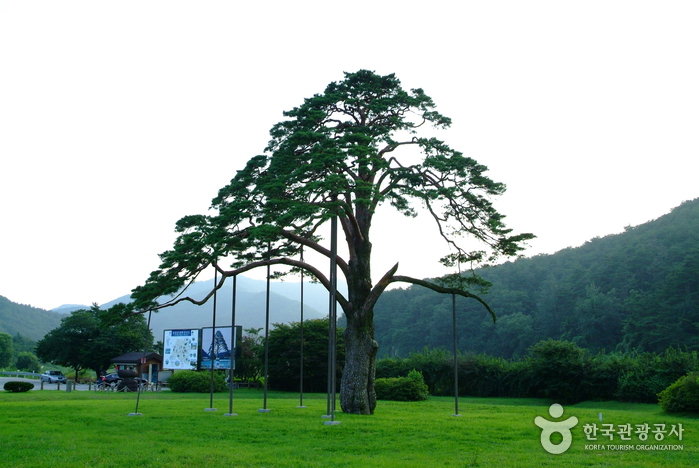
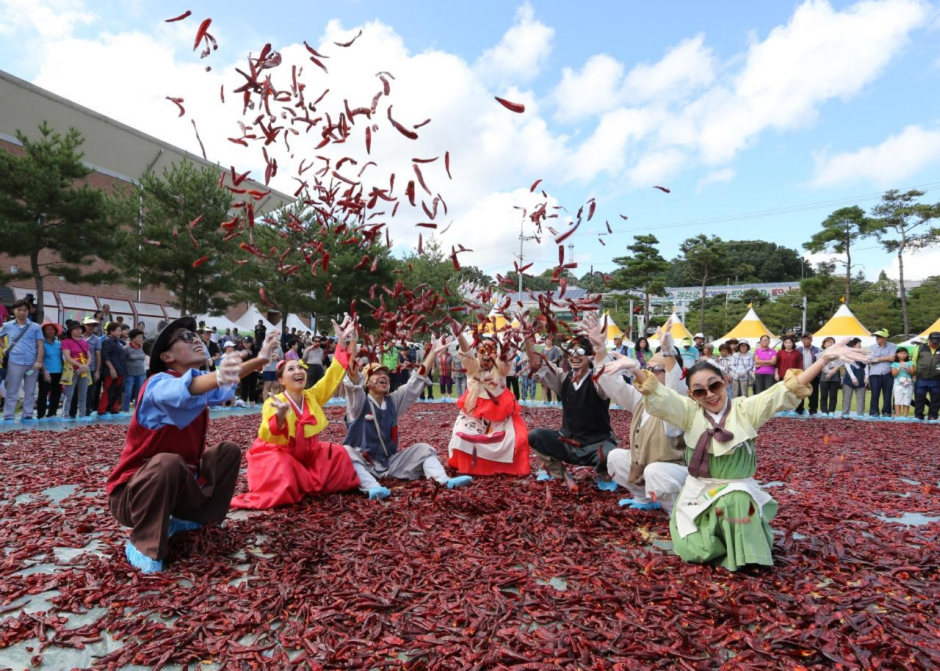

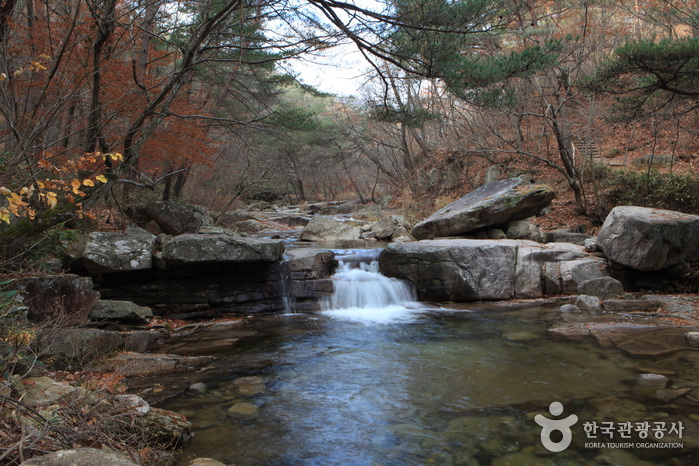
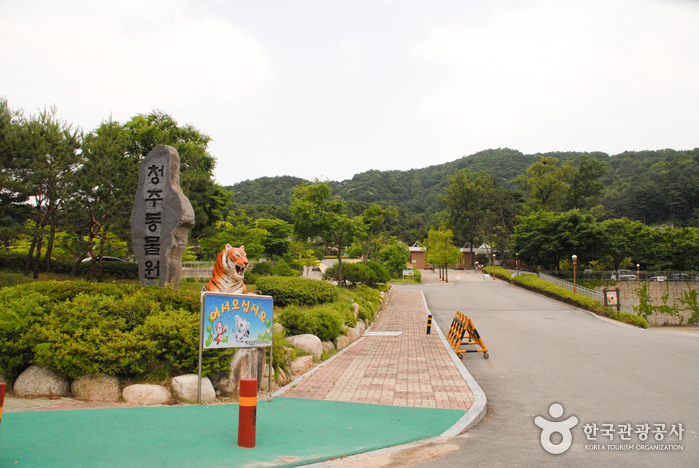
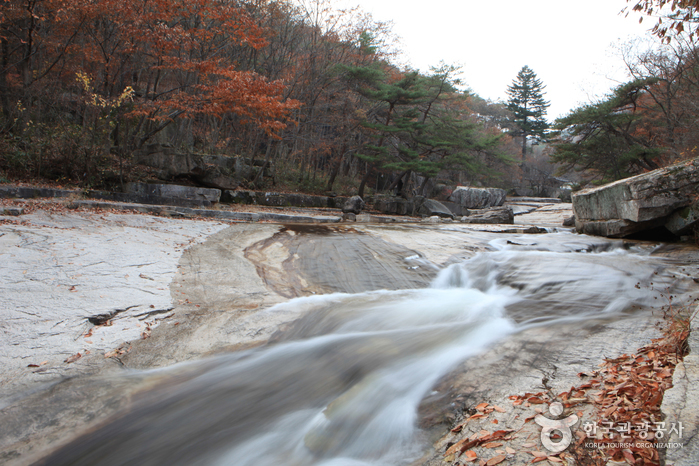
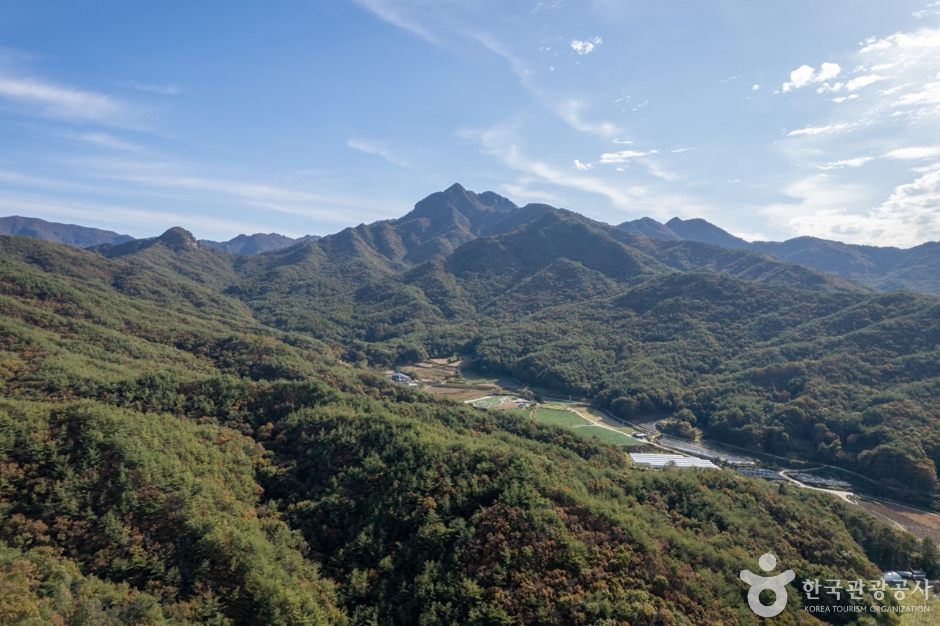
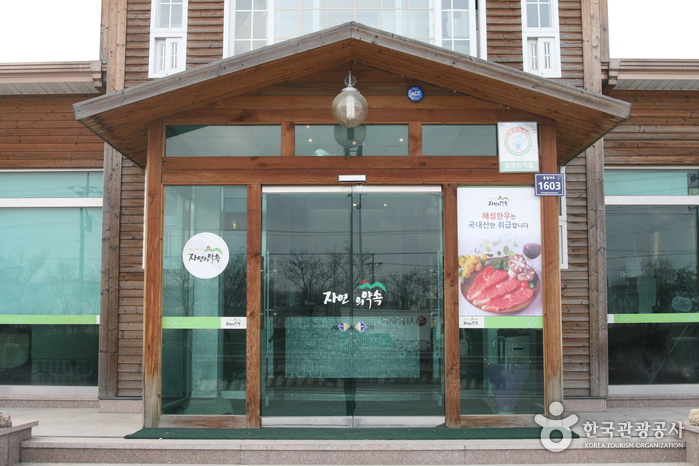
 English
English
 한국어
한국어 日本語
日本語 中文(简体)
中文(简体) Deutsch
Deutsch Français
Français Español
Español Русский
Русский